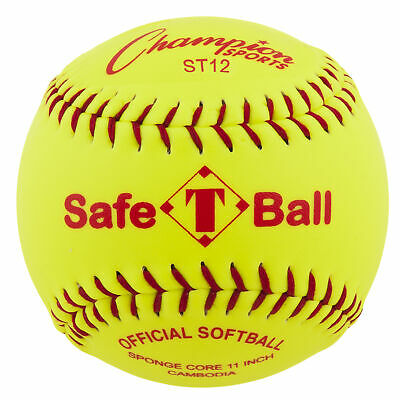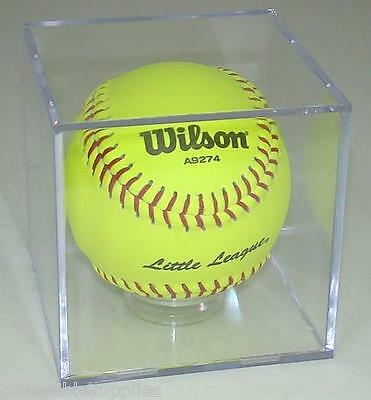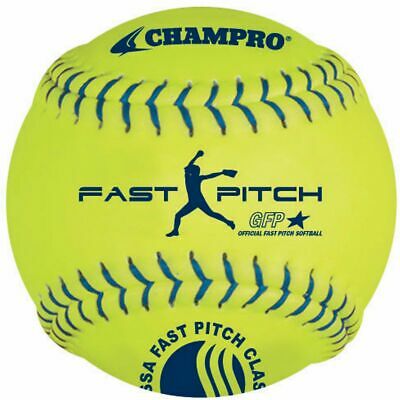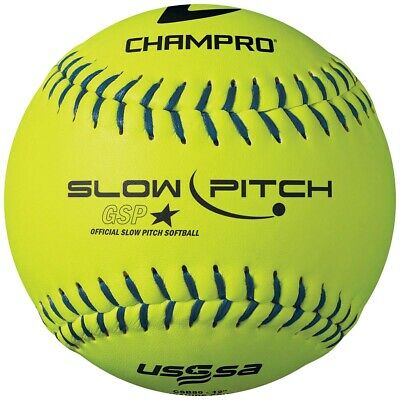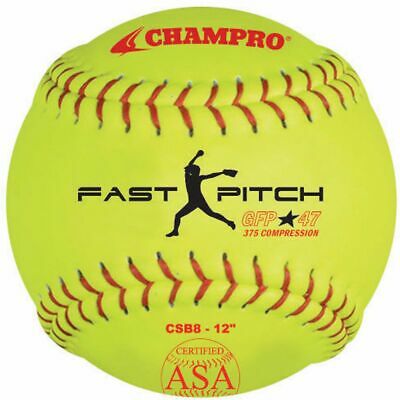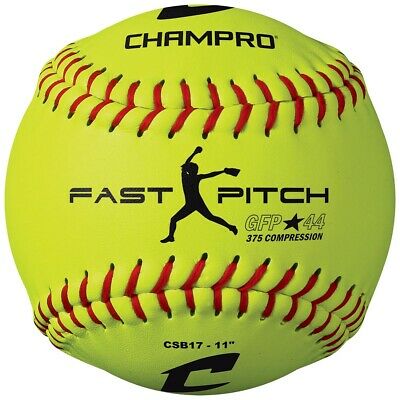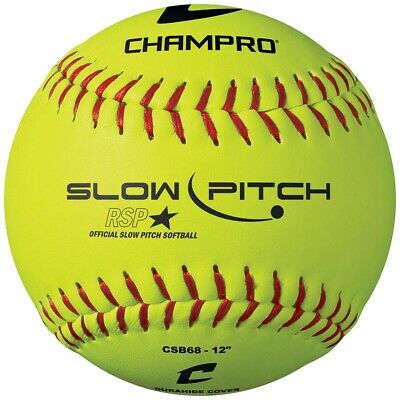-40%
16" Chicago clincher, mushball, cabbageball, puffball, blooperball, smushball
$ 10.56
- Description
- Size Guide
Description
16"Chicago ball,
clincher, mushball, cabbageball, puffball, blooperball, smushball
I found this softball at a small schoolyard baseball field near Lake Geneva, Wisconsin in the 1970's. Therefore, I'm guessing the age is 1960-1970's. When I found it, I didn't really know what it was at the time. I kept it in boxes and moved it from house to house for half a century. Just recently, I found it in a box and was surprised to learn the significance of this softball. This ball has seen some action and has all the original patina, loose strings and wear to show for it. I took pictures from all sides which are considered part of the description, so check them carefully. Here's a little history about Chicago ball:
The softball game started in Chicago on Thanksgiving 1887 at the "Farragut Boat Club"
when Yale and Harvard Alumni wrapped up a boxing glove and hit the “ball” with a broomstick. Those men formalized the indoor game, and eventually, the game was played outdoors. The parks and school grounds were small in Chicago, so the ball had to be larger to stay in the park.
The 16″ ball became the size of choice and game of choice during the Great Depression since only a bat and a ball was needed. No-glove 16" softball has also been famous in Chicago alone since the 1920s.
16-inch was a perfect game for Chicago’s small neighborhood ball fields and cinder-covered school playgrounds. The ball didn’t travel as far as the smaller 12" and 14" softballs. And the absence of gloves benefited everyone in the tough economic times of the 1930s. Teams had only to chip in 10¢ a man for a new ball, and women took to the sport because it was less dangerous than a regular baseball. The sport was all the more appealing due to its being organized by families, community, and ethnic backgrounds at first. Then teams were sponsored by the companies its players worked for — a tradition that is still largely followed today.
1










